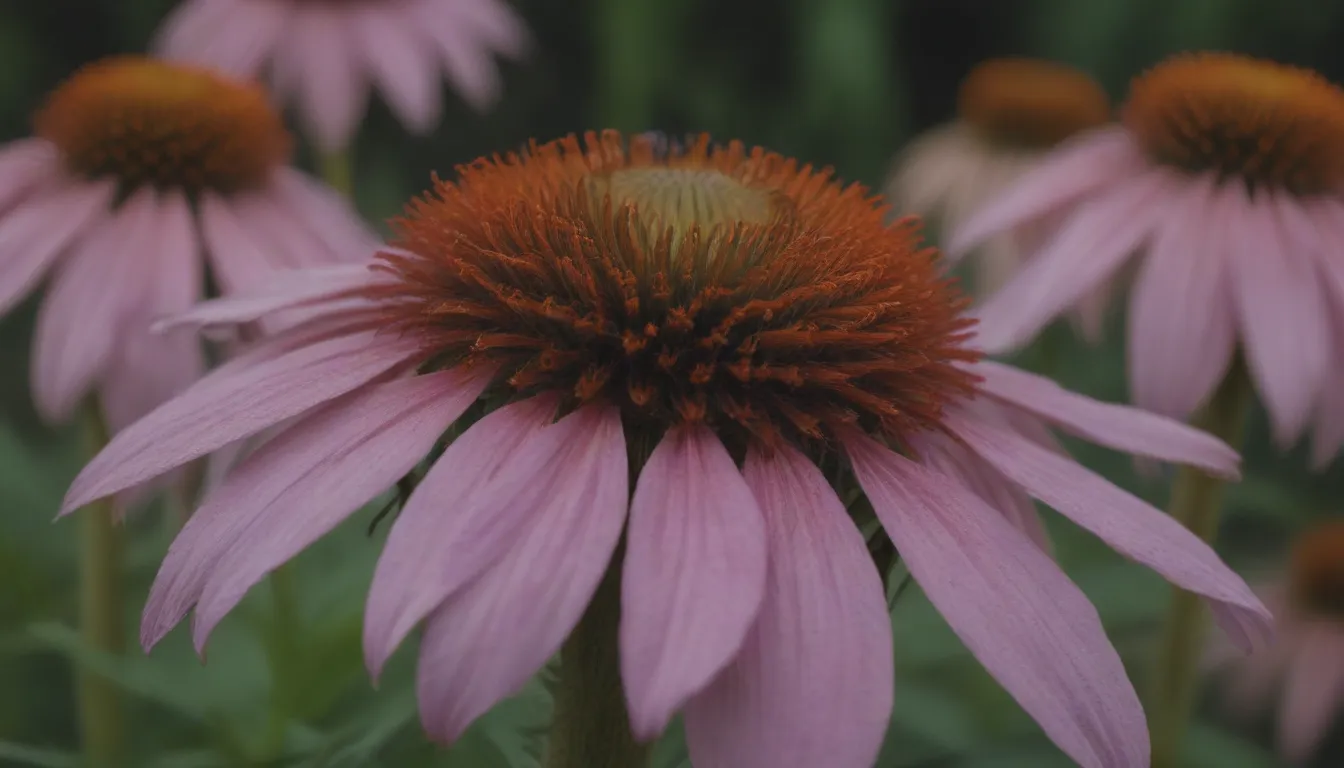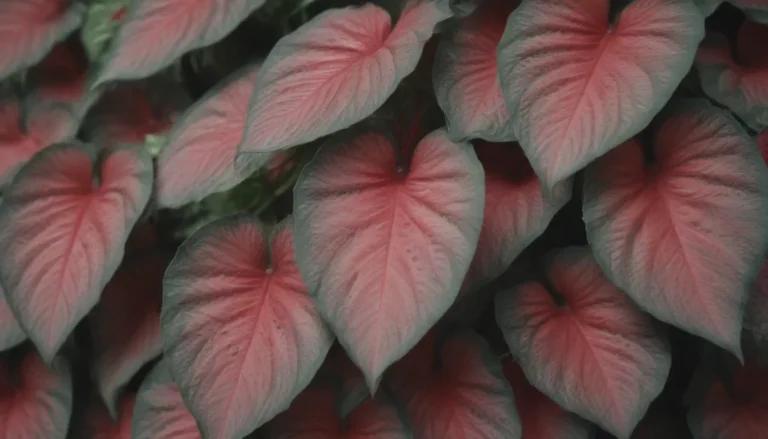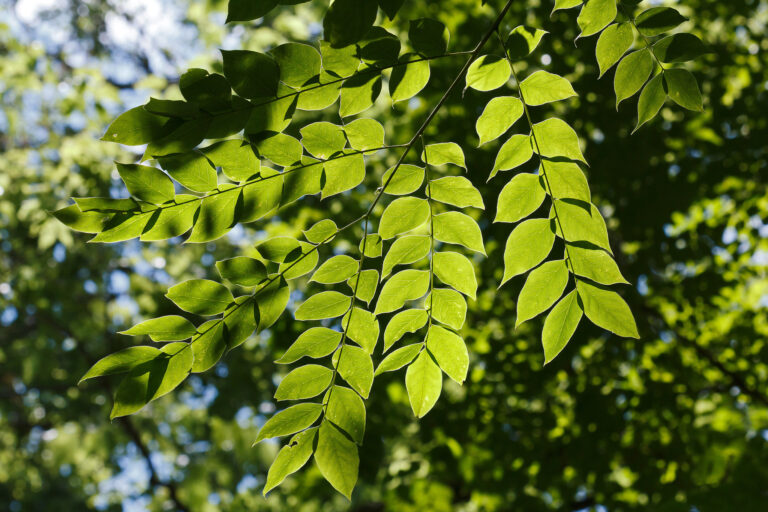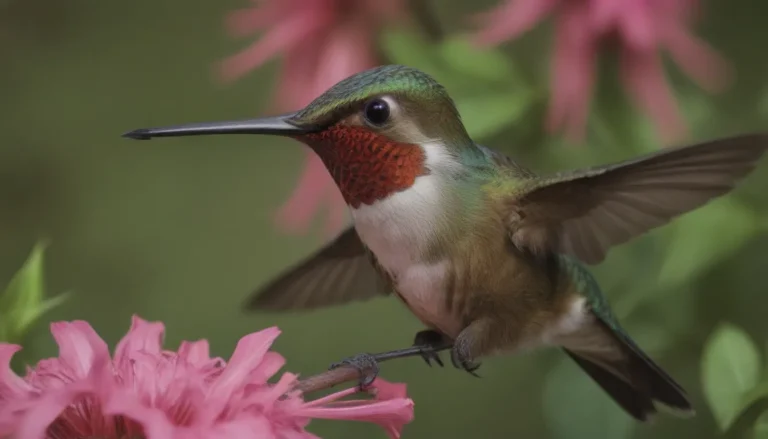The Ultimate Guide to Growing Purple Coneflower

Are you looking to add a touch of vibrant color and wildlife to your garden? Purple coneflowers are the perfect choice! These hardy, drought-tolerant plants are not only beautiful but also attract bees, butterflies, and birds. In this comprehensive guide, we will explore everything you need to know about growing and caring for purple coneflowers.
Getting to Know Purple Coneflower
Native to eastern North America, purple coneflower, or Echinacea purpurea, is the most popular variety of coneflower. Known for its daisy-like blooms, purple coneflowers are rich in nectar and a favorite among bees, butterflies, and hummingbirds. The plants have a fibrous root system, making them adaptable to various garden conditions and forgiving of dividing and transplanting.
Purple Coneflower Care Tips
If you’re considering adding purple coneflowers to your garden, here are some essential care tips to keep in mind:
Light
- Plant your purple coneflowers in a spot that receives at least six to eight hours of full sunlight each day for the best blooms.
- While coneflowers can tolerate partial shade, they may not bloom as prolifically.
Soil
- Purple coneflowers thrive in neutral soil with a pH of 6.5 to 7.0.
- They can grow in various soil types, including sandy, rocky, and clay soils. Avoid wet or mucky soil.
- Add compost to the soil when planting for a healthy start.
Water
- While coneflowers are drought-tolerant, regular watering is beneficial for optimal growth.
- Water newly planted coneflowers daily, then transition to one inch of water per week for the first year.
- Established plants may only need watering during droughts.
Temperature and Humidity
- Purple coneflowers prefer hot, dry climates but can adapt to fluctuations in temperature and humidity.
- They may not do well in very humid climates or areas with consistently wet soil.
Fertilizer
- Avoid over-fertilizing purple coneflowers, as it can cause them to become leggy.
- Adding compost each spring provides the necessary nutrients for healthy foliage and blooms.
Pruning and Maintenance
Pruning purple coneflowers is not necessary but can help promote bushier plants and prolonged blooming. Consider the following maintenance tips:
- Leave the plants standing throughout winter to feed birds, then shear them back in spring for bushier growth.
- Deadheading is crucial to keep coneflowers blooming all summer. Remove dead flowers to encourage new blooms.
- Prevent over-seeding by regularly deadheading the plants.
Growing Purple Coneflower From Seed
If you prefer to grow purple coneflowers from seed, follow these steps for successful germination:
- Wait for the cone to fully dry and separate the seeds from the spines.
- Spread the seeds to dry thoroughly before storing.
- For outdoor sowing, plant the seeds in the fall or start indoors with a chilling period of 8 to 10 weeks in the refrigerator.
- Plant the seeds half an inch deep and cover with soil. Provide darkness for germination and ample light for seedling growth.
Common Pests and Diseases
Purple coneflowers are relatively pest and disease-resistant, but keep an eye out for the following issues:
- Maintain good air circulation to prevent fungal diseases.
- Watch for pests like Japanese beetles, aphids, and leafhoppers.
- Look out for aster yellows, a systemic disease spread by sap-sucking insects that causes growth deformities in flowers. Remove affected plants promptly to protect nearby plants.
In conclusion, growing purple coneflowers in your garden can add beauty and biodiversity. With the right care and maintenance, these stunning flowers will thrive and attract a variety of pollinators. Whether you’re a seasoned gardener or a beginner, incorporating purple coneflowers into your landscape is sure to bring joy and color to your outdoor space. Happy gardening!
Sources:
– Echinacea. Clemson University Home and Garden Information Center
– Aster Yellows. Missouri Botanical Garden.





